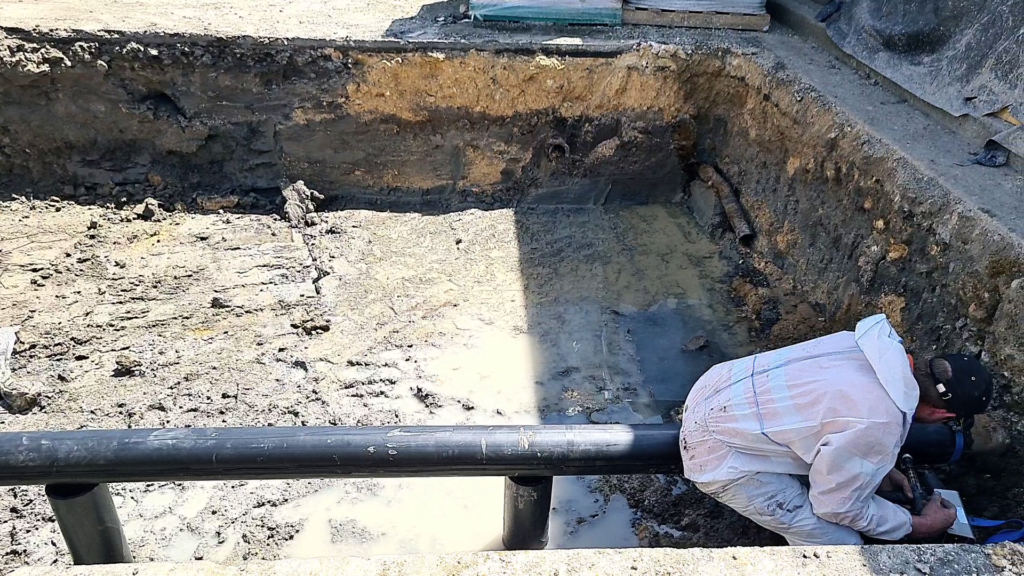Posted by citygreen_editor on Thu, Jun 22, 2023 @ 1:29 AM
How Much Soil Do Street Trees Need?
How much soil do street trees need? It's a question that frequently arises in the workshops we conduct around the world.
Striking the perfect balance is essential to provide street trees with the optimal conditions for their growth, including ample nutrients, sufficient space for root expansion, and effective water drainage. In order to fully comprehend the requirements of soil and the intricate interactions occurring underground, several crucial aspects deserve our attention.
A commonly used field reference for soil is: two cubic feet of loam soil for every one square-foot of tree canopy (at tree maturity). Simply stated, a mature tree that provides 400 square-foot of canopy should be planted with 800 square feet of quality soil. Studies demonstrate that the quality loam soil grows trees that have 300 times more leaves and are 1.7 times taller than those grown in compacted soils. (Magill & Leake, 2013)
Let's explore the key considerations when it comes to soil and the vital role it plays in supporting healthy and thriving street trees.
Root Zone Protection
Tree roots will explore looking for water, nutrients and space for growth. As long as there is adequate moisture, nutrients and oxygen they will extend far beyond the canopy area. Compaction and damage to the root zone can severely impact a tree's health and longevity. Implementing measures like root barriers, and tree grates can help preserve the critical root zone and promote the overall well-being of street trees.
Soil cells like Citygreen Stratavault are purposely designed to house high quality uncompacted soil and tree roots under urban environments like roads, and pavements. Soil cells offer the tree ideal underground growing conditions while ensuring the tree roots are contained to avoid impacting surrounding urban infrastructure.
Related: How Tree Roots Behave

Soil Composition
The composition of soil plays a crucial role in supporting tree growth. It should strike a balance between water-holding capacity and drainage. Soil should be well-draining to prevent waterlogging and root rot, yet retain enough moisture for trees to access during dry periods. The right mix of organic matter, minerals, and proper pH levels is essential for optimal tree health.
Existing Utilities
Careful planning and coordination is necessary to ensure that tree planting and root growth do not interfere with or damage existing underground services. Conducting thorough site assessments and consulting with utility providers can help identify potential conflicts and allow for the implementation of tree-friendly solutions. Read about a recent tree retrofitting we did here.

Soil Compaction
Soil Compaction hinders the tree's ability to establish a robust root system due to having to waste so much energy moving through the highly compacted soil, leading to stunted growth, nutrient deficiencies, and increased vulnerability to pests and diseases. Implementing strategies to alleviate soil compaction, such as aeration techniques and proper soil management practices, is crucial for maintaining healthy street trees and promoting their long-term vitality.

How Citygreen tackles all these issues
Citygreen's comprehensive approach to urban tree planting and green infrastructure brings over 30 years of experience into providing effective solutions. Our range of soil cells, trees grates, stormwater management, tree guying, and tree protection solutions guarantees we have the solution to any urban tree problem.
Contact our team to discuss how we can help you plant more trees in your next Urban Project.


